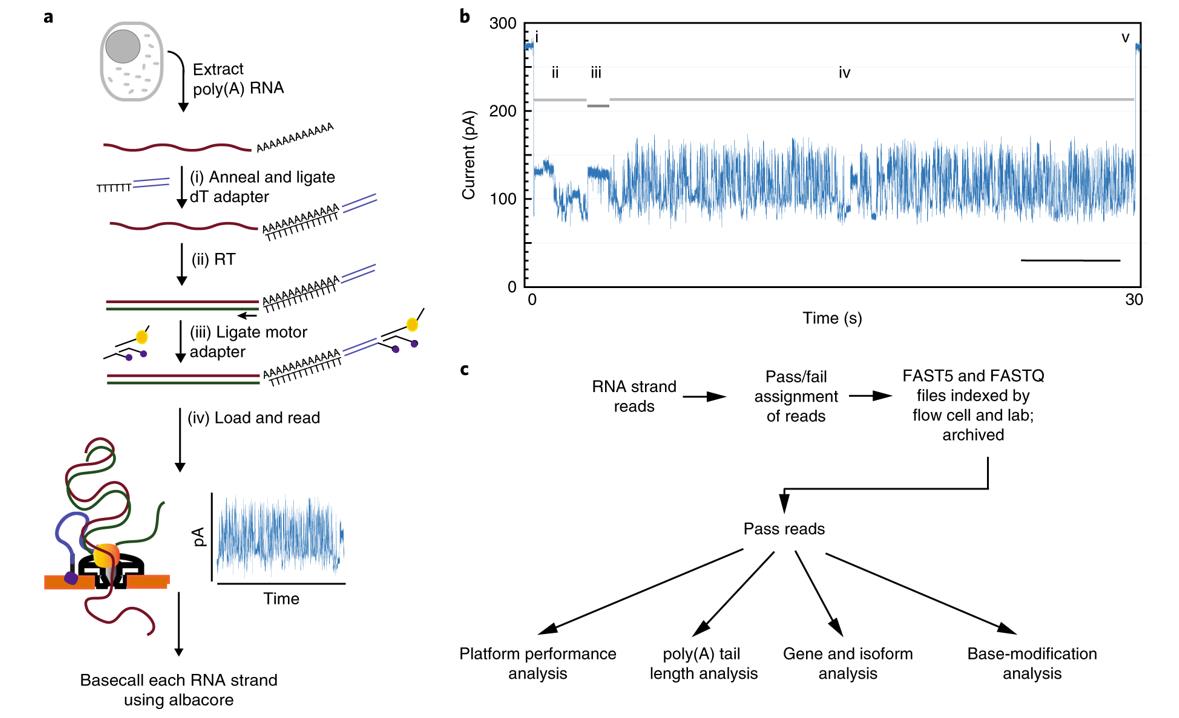The monsoon season is often a time of relief and joy, as the rains bring a respite from the scorching summer heat. However, along with the pleasant weather, the monsoon also brings with it a host of health issues, particularly respiratory problems. The increased humidity, dampness, and proliferation of molds and other allergens create a perfect environment for respiratory illnesses to thrive. Understanding these risks and knowing how to prevent them is crucial for maintaining good health during the rainy season.
1. The Impact of Monsoon on Respiratory Health
The monsoon season significantly alters the environmental conditions, which can have a direct impact on respiratory health. The air during this time is heavy with moisture, which can trap pollutants and allergens, making it difficult for individuals with respiratory conditions to breathe easily. Additionally, the proliferation of molds, fungi, and bacteria due to the dampness and lack of sunlight further exacerbates respiratory problems.
1.1 Humidity and Respiratory Issues
High humidity levels during the monsoon season can cause the airways to constrict, leading to difficulty in breathing, especially for individuals with asthma or chronic obstructive pulmonary disease (COPD). Humid air also makes it harder for the lungs to clear out mucus, which can result in congestion and increase the risk of infections.
1.2 Proliferation of Allergens
The damp environment during the monsoon promotes the growth of molds, fungi, and dust mites, all of which are common allergens. These allergens can trigger allergic reactions, leading to symptoms such as sneezing, coughing, wheezing, and shortness of breath. For individuals with asthma, exposure to these allergens can cause severe asthma attacks.
1.3 Airborne Infections
The monsoon season is also a time when airborne infections like the flu, common cold, and other viral respiratory infections are more prevalent. The increased moisture in the air allows viruses and bacteria to survive longer, increasing the chances of infection. Crowded and poorly ventilated indoor spaces, which are common during the rainy season, further facilitate the spread of these infections.
2. Common Respiratory Diseases During Monsoon
Several respiratory diseases are commonly reported during the monsoon season. Understanding these conditions and their symptoms can help in early detection and prompt treatment, reducing the risk of complications.
2.1 Asthma
Asthma is a chronic respiratory condition characterized by inflammation and narrowing of the airways, leading to breathing difficulties. During the monsoon, asthma symptoms can worsen due to increased humidity and exposure to allergens like mold and dust mites. Asthmatic individuals may experience more frequent and severe asthma attacks during this season.
2.2 Allergic Rhinitis
Allergic rhinitis, also known as hay fever, is an allergic reaction to airborne substances such as pollen, dust mites, and mold. Symptoms include sneezing, runny nose, itchy eyes, and coughing. The monsoon season can aggravate these symptoms due to the abundance of allergens in the environment.
2.3 Bronchitis
Bronchitis is the inflammation of the bronchial tubes, which carry air to and from the lungs. It can be acute or chronic, with symptoms including coughing, mucus production, fatigue, and shortness of breath. During the monsoon, the risk of acute bronchitis increases due to the proliferation of viruses and bacteria in the air.
2.4 Pneumonia
Pneumonia is a serious respiratory infection that affects the air sacs in the lungs, causing them to fill with fluid or pus. Symptoms include chest pain, coughing, fever, and difficulty breathing. The monsoon season can increase the risk of pneumonia, particularly in individuals with weakened immune systems, as the humid and damp conditions facilitate the growth of infectious agents.
2.5 Sinusitis
Sinusitis is the inflammation of the sinuses, which are air-filled spaces in the skull. It can cause symptoms such as facial pain, nasal congestion, and a thick nasal discharge. The monsoon season can trigger sinusitis due to the increased presence of allergens and the proliferation of bacteria in the damp environment.
3. Causes of Respiratory Problems During Monsoon
Understanding the underlying causes of respiratory problems during the monsoon is essential for effective prevention. Several factors contribute to the increased incidence of respiratory illnesses during this season.
3.1 Increased Humidity
As mentioned earlier, high humidity levels during the monsoon can lead to respiratory problems by causing the airways to constrict and making it difficult to clear mucus from the lungs. This can result in congestion and an increased risk of infections.
3.2 Mold and Fungi Growth
The damp and humid conditions during the monsoon provide an ideal environment for the growth of molds and fungi. These microorganisms release spores into the air, which can be inhaled and cause allergic reactions or respiratory infections. Molds can grow on walls, ceilings, carpets, and even in air conditioning systems, making it difficult to avoid exposure.
3.3 Dust Mites
Dust mites are tiny creatures that thrive in warm and humid environments. They are common allergens and can trigger allergic rhinitis, asthma, and other respiratory problems. During the monsoon, the increased humidity levels provide an ideal breeding ground for dust mites, leading to a higher concentration of these allergens in indoor spaces.
3.4 Polluted Indoor Air
During the monsoon, people tend to stay indoors more often, leading to increased exposure to indoor air pollutants. Poor ventilation in homes and workplaces can cause the buildup of pollutants such as mold spores, dust mites, and volatile organic compounds (VOCs), all of which can contribute to respiratory problems.
3.5 Viral and Bacterial Infections
The monsoon season is notorious for the spread of viral and bacterial infections, including those that affect the respiratory system. The moist and humid environment allows viruses and bacteria to thrive and spread more easily, leading to an increased risk of infections such as the flu, common cold, bronchitis, and pneumonia.
4. Prevention of Respiratory Problems During Monsoon
Preventing respiratory problems during the monsoon requires a combination of good hygiene practices, environmental control, and personal health management. Here are some effective strategies to minimize the risk of respiratory illnesses during this season.
4.1 Maintain Good Indoor Air Quality
Maintaining good indoor air quality is crucial for preventing respiratory problems during the monsoon. Here are some tips to improve indoor air quality:
- Keep your home well-ventilated: Ensure proper ventilation in your home to reduce the buildup of indoor pollutants. Open windows and doors when the weather allows to allow fresh air to circulate.
- Use air purifiers: Consider using air purifiers with HEPA filters to remove allergens such as dust mites, mold spores, and pet dander from the air.
- Control humidity levels: Use a dehumidifier to keep indoor humidity levels below 50% to prevent the growth of mold and dust mites.
- Clean and maintain air conditioning systems: Regularly clean and service your air conditioning systems to prevent the buildup of mold and bacteria in the filters and ducts.
- Avoid indoor smoking: Smoking indoors can significantly reduce air quality and increase the risk of respiratory problems. If you smoke, do so outside and away from others.
4.2 Prevent Mold and Fungi Growth
Preventing the growth of mold and fungi in your home is essential for reducing the risk of respiratory problems during the monsoon. Here are some tips to prevent mold growth:
- Keep your home dry: Use exhaust fans in bathrooms and kitchens to reduce moisture levels. Wipe down wet surfaces, fix any leaks, and use a dehumidifier if necessary.
- Clean regularly: Regularly clean areas prone to mold growth, such as bathrooms, kitchens, and basements, using a mixture of water and vinegar or a commercial mold cleaner.
- Remove damp items: Avoid leaving wet clothes, towels, or shoes indoors as they can contribute to mold growth. Dry them thoroughly before storing them away.
- Check for leaks: Inspect your home for leaks in the roof, walls, and windows, and repair them promptly to prevent water from seeping in.
4.3 Manage Allergies
If you have allergies, it’s important to take steps to manage them during the monsoon season to prevent respiratory problems. Here are some tips for managing allergies:
- Keep windows closed during high pollen times: If you are allergic to pollen, keep windows and doors closed during high pollen times, especially in the early morning and late evening.
- Use hypoallergenic bedding: Use hypoallergenic mattress covers, pillows, and bedding to reduce exposure to dust mites.
- Shower and change clothes after being outdoors: After spending time outdoors, shower and change clothes to remove pollen and other allergens from your skin and hair.
- Take prescribed allergy medications: If you have been prescribed allergy medications, take them as directed by your doctor to prevent allergy symptoms from worsening.
4.4 Boost Your Immune System
A strong immune system can help protect you from respiratory infections during the monsoon. Here are some ways to boost your immune system:
- Eat a balanced diet: Consume a diet rich in fruits, vegetables, whole grains, and lean proteins to provide your body with the nutrients it needs to fight off infections.
- Stay hydrated: Drink plenty of water throughout the day to keep your body hydrated and help flush out toxins.
- Exercise regularly: Engage in regular physical activity to improve your overall health and boost your immune system.
- Get enough sleep: Aim for 7-8 hours of sleep each night to allow your body to rest and recover.
- Manage stress: Practice stress-reducing techniques such as meditation, deep breathing, or yoga to keep your immune system functioning optimally.
4.5 Practice Good Hygiene
Practicing good hygiene is essential for preventing the spread of respiratory infections during the monsoon. Here are some hygiene practices to follow:
- Wash your hands frequently: Wash your hands with soap and water for at least 20 seconds, especially after coughing, sneezing, or touching your face.
- Cover your mouth and nose: Use a tissue or your elbow to cover your mouth and nose when you cough or sneeze to prevent the spread of germs.
- Avoid touching your face: Try to avoid touching your face, especially your eyes, nose, and mouth, as this can transfer germs from your hands to your respiratory system.
- Stay home if you’re sick: If you have symptoms of a respiratory infection, stay home and avoid contact with others to prevent spreading the illness.
4.6 Get Vaccinated
Vaccination is one of the most effective ways to prevent certain respiratory infections, such as the flu and pneumonia. Talk to your doctor about getting vaccinated before the monsoon season, especially if you are at high risk for respiratory problems.
5. Conclusion
The monsoon season brings with it a unique set of challenges for respiratory health. The increased humidity, proliferation of allergens, and the spread of infections can lead to a higher incidence of respiratory problems during this time. However, by understanding the causes of these issues and taking proactive steps to prevent them, you can protect yourself and your family from respiratory illnesses during the monsoon.
Maintaining good indoor air quality, preventing mold growth, managing allergies, boosting your immune system, practicing good hygiene, and getting vaccinated are all essential strategies for reducing the risk of respiratory problems during the rainy season. With the right precautions, you can enjoy the monsoon season while keeping your respiratory health in check. Looking for a doctor for chest pain in Patiala? Contact us today. We have chest specialist doctor in patiala.




